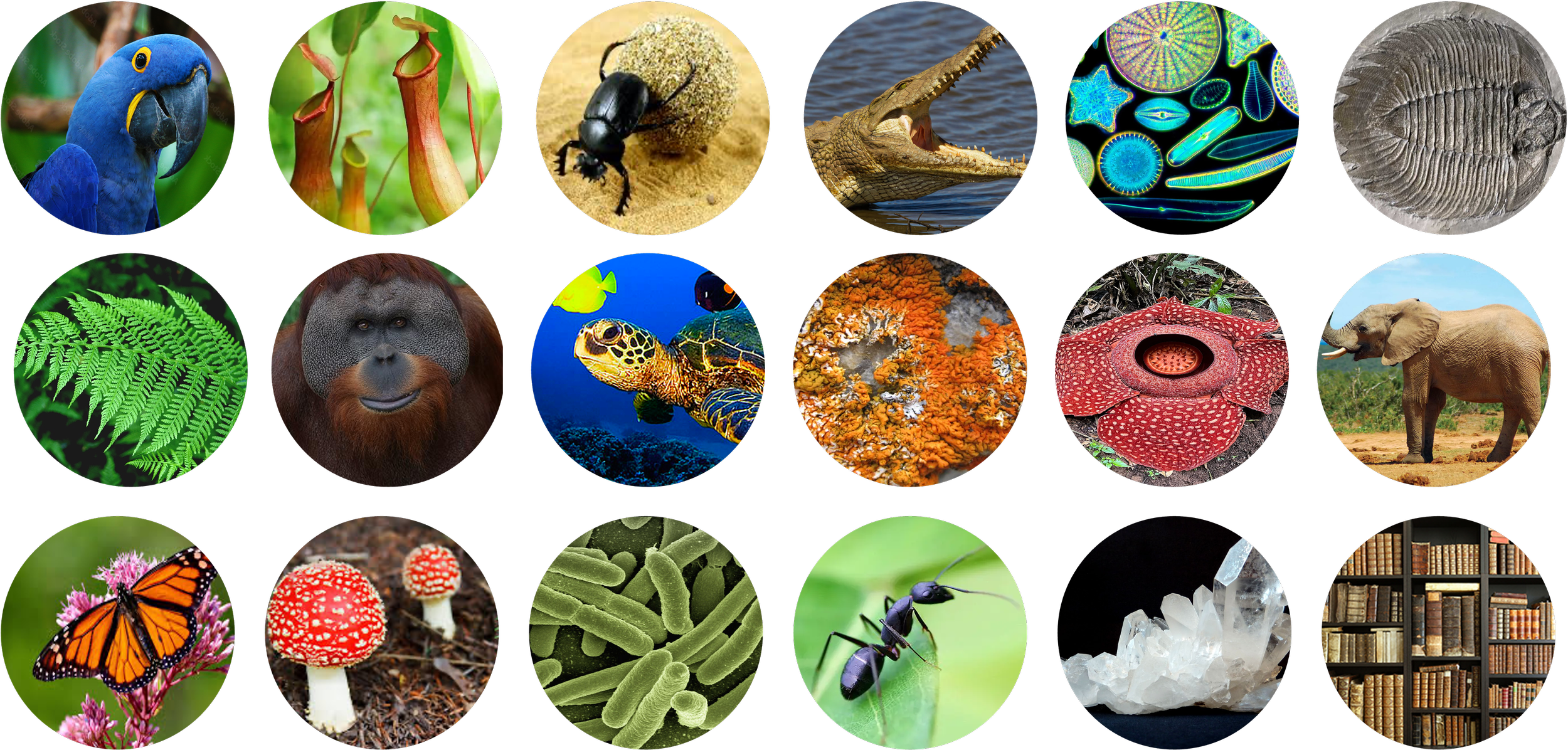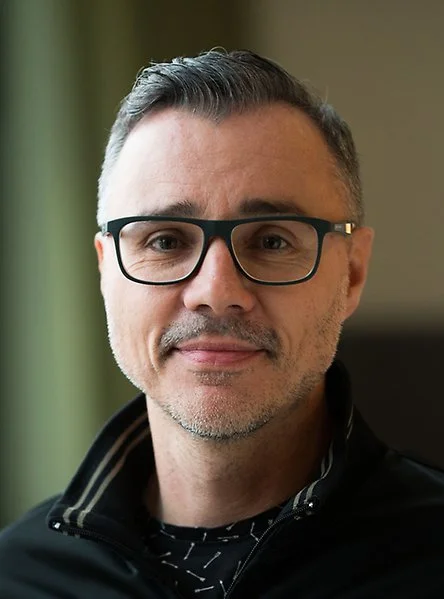Media coverage
Evolutionsmuseet is often featured in various media outlets. Stay updated with our latest mentions and stories below.
-
![Close-up of a snake's head with a mark on its lip, and a green arrow pointing to the mark.]()
SVT - Hundreds of snakes from around the world to be examined – looking for deadly fungal disease
Hundreds of snakes from around the world are to be examined in the hunt for Ophidiomyces ophidiicola , a fungal infection that has eluded scientists who now hope to understand it better.
In Uppsala, the project began in a dusty archive at the Museum of Evolution, where snakes from the 18th century were examined, among other things.
-
![A person wearing glasses and a plaid shirt holds a rock with fossil imprints in a room with bookshelves.]()
Six tons of dinosaur fossils are being pieced together at the Evolution Museum in Uppsala
Unique dinosaur finds have been excavated in an old clay quarry in Skåne. There are a total of six tons of dinosaur fossils that are now at the Evolution Museum in Uppsala.
"There are a lot of footprints, bone fragments, vertebrae and teeth, but also a lot of plants that have been found," says Johan Dalsätt, museum educator and paleontologist.
-
![A person in a red jacket examining a large fossil bone on a table with a 3D scanner next to it.]()
Chinese-Swedish partnerships study fossils in Uppsala
Danhui Sun is from the Institute of Vertebrate Palaeontology and Palaeoanthropology (IVPP) in China and specialises in rhinoceroses. Photo: Tobias Sterner. This autumn, the Museum of Evolution in Uppsala has received a visit from several Chinese researchers. While there, they have been exploring the unique collection of fossils that came to Uppsala from China a hundred years ago. Scholarly collaboration between Chinese and Swedish researchers is still alive today.
-
![Portrait of a historical figure with curly hair wearing a red coat and white cravat against a dark background.]()
Carl Linnaeus ranked most influential person of all time
Researchers at the University of Toulouse have used Wikipedia and network theory to rank the world’s most influential people through history. At the top of the list we find none other than Uppsala’s own Carl Linnaeus.
-
![Person holding a fossilized jawbone with large teeth, outdoors in a grassy area.]()
Dinosaur finds in Uppsala – 200 million years old
Giant dinosaurs – around 200 million years old – were recently unearthed in Skåne. The unique finds are now at the Museum of Evolution.
-
![Elderly person kneeling in a forest clearing, surrounded by trees and greenery.]()
Careless not to warn about ticks
Thomas Jaenson has been researching ticks since the 1980s. According to his calculations, there is a risk of many TBE cases this year if it is not a dry summer. Photo: Mikael Wallerstedt. He has 10,000 ticks in his freezer and is an expert often called upon by the media. Professor Thomas Jaenson has devoted the last 40 years to studying ticks and the diseases they can transmit to us. He is convinced that they carry many more infections than we know today and believes that the authorities should take greater responsibility and warn of TBE-rich areas.
-
![Podcast interview with two people on a split-screen; the man on the left speaks into a microphone, and the woman on the right wears headphones in front of a bookshelf.]()
Insect Decline and the Empire Beneath Our Feet - Dr. Fevziye Hasan, Biodiversity Scientist
Dr. Fevziye Hasan, biodiversity scientist and curator of entomology at Uppsala University’s Museum of Evolution in Sweden, joins host Dylan Bohbot on this episode of Ignition Sequence to explore the mighty world of insects—from their hidden ecological powers to their often underestimated influence on global systems. Known as “the little things that run the world,” insects account for more biomass than all wild vertebrates combined—and ants and termites alone make up over half of that mass.
-
![Looking up at tall redwood trees with green foliage and a clear blue sky above.]()
Evolution and Biodiversity ranked as part of the key Uppsala University research strengths
With annual publication of more than 2,000 articles in science and technology, obtaining an overview of all the research being conducted can be a challenge. On our departments' pages, you can read more about their specific areas of expertise.
Below, we have gathered information about seven of our most prominent areas, which involve many research groups across multiple departments.
-
![Benjamin Kear]()
Dr Benjamin Kear - Uncovering missing links: discovery of the oldest sea reptiles from the Age of Dinosaurs
The Museum of Evolution in Uppsala has ancient remains of the oldest sea reptiles in their fossil collection. Such rare finds have challenged long-held theories of the Mesozoic Era as the origin time of major reptile lineages. Meet Dr. Benjamin Kear in a talk about the search for evolutionary missing links and the central role of museums in sustainable development of natural and cultural heritage. Samtalet ges på engelska.










